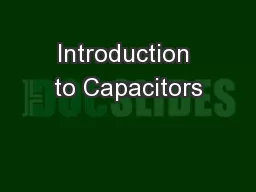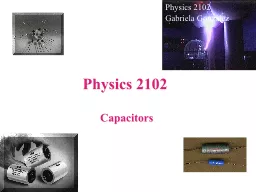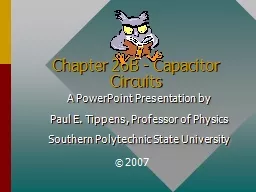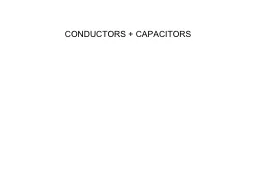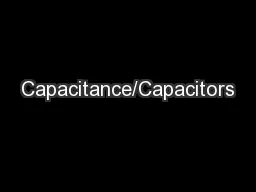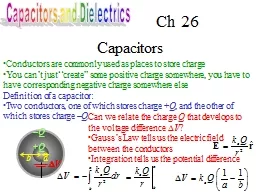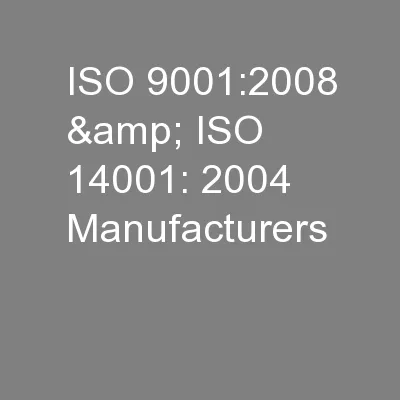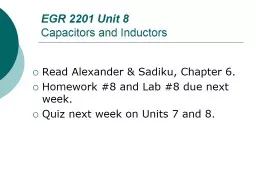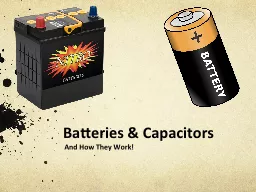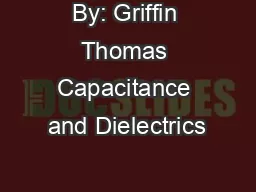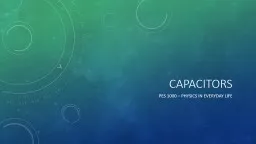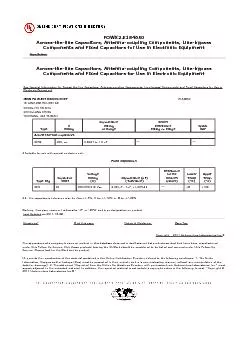PPT-Introduction to Capacitors
Author : yoshiko-marsland | Published Date : 2017-03-27
Chapter 20 Topics in this Powerpoint How its made 8 important capacitive ideas How it works Calculating Capacitance given physical dimensions Units of Capacitance
Presentation Embed Code
Download Presentation
Download Presentation The PPT/PDF document "Introduction to Capacitors" is the property of its rightful owner. Permission is granted to download and print the materials on this website for personal, non-commercial use only, and to display it on your personal computer provided you do not modify the materials and that you retain all copyright notices contained in the materials. By downloading content from our website, you accept the terms of this agreement.
Introduction to Capacitors: Transcript
Download Rules Of Document
"Introduction to Capacitors"The content belongs to its owner. You may download and print it for personal use, without modification, and keep all copyright notices. By downloading, you agree to these terms.
Related Documents

